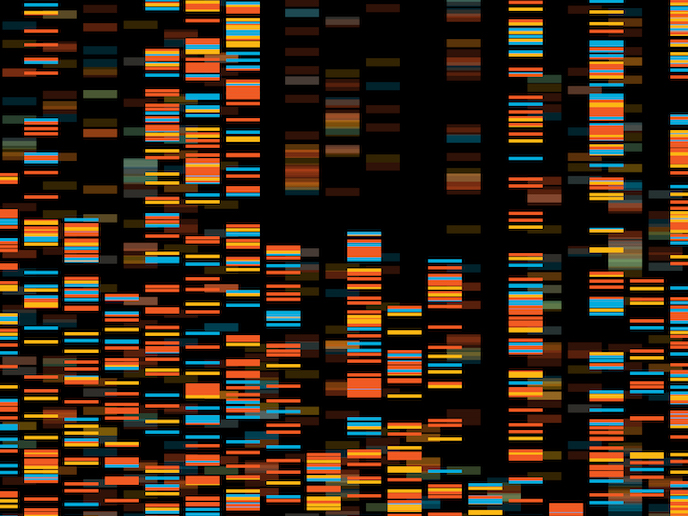Weaving a more flexible Web language
The WONDERWEB project has brought forth the Semantic Web, a new generation of the World Wide Web. This revolution offers machine-processable data content which allows a wide range of intelligent services. Ontologies played an important part in this creation since they define shared and common domain theories. This ability assists both people and machines in effective communication. Therefore content-based access, interoperability and communication across the Web with improved service are all made possible. The infrastructure needed for the mass deployment of ontologies has been developed and is what the Semantic Web is based on. Its foundation consists of the creation of standard ontology languages as well as analogous ontological engineering technology. The Semantic Web has expanded on XML's ability to determine specific tagging systems and RDF's flexible method of data representation. In order for this to be made possible, an ontology language able to formally describe the meaning of terminology used in Web documents was created. The language needed to be designed to surpass the basic semantics of RDF schema in order for machines to achieve worthwhile reasoning tasks. In response to this, a Web Ontology Language (OWL) has been used for publishing and sharing ontologies, supporting advanced Web search, software agents and knowledge management. OWL has the capacity to expressly interpret the meaning of vocabulary terms and the way in which those terms relate to each other. This process is referred to as an ontology. OWL is better equipped to handle meaning and semantics than XML, RDF and RDF-S; therefore it can surpass these languages when it comes to representing machine interpretable web content.







